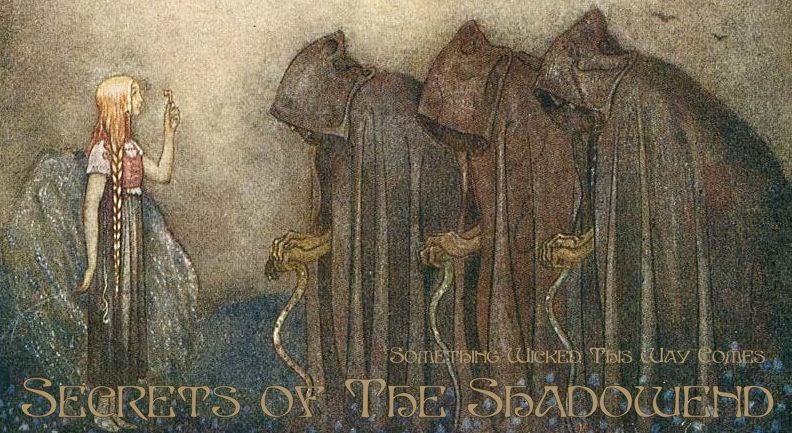For instance:
As a consequence, a fair amount of thought and work went into the presentation of spells in TBI. Even the spells I copied from the Swords & Wizardry rules got tweaked to standardize areas of effect (mostly brought into the Range entry in the stat block) and units of time (1 round instead of 1 minute; 1 turn instead of ten rounds or ten minutes). Some people think standardization = boring, but the idea, at least in this case, isn't to make things boring in the game; it's to make them easier at the table.
Heightened spells are a standard spell that has extra effects as a result of being prepared (or memorized) as a higher level spell. In 3e Heighten Spell was a feat that could be applied to any spell; in TBI I created specific heightened variants for a number of spells. Mostly this was in response to the "phantom steed effect", where a low-level spell gets more powerful as the caster level increases, above and beyond the normal increases to duration, range, and damage. The heightened versions of a spell are simple variations of the basic spell, so a caster doesn't need to specifically learn them at higher levels.
In TBI I noted heightened spells variants below the base spell descriptions (since English reads top to bottom, you get the complete basic spell first, then the additional material) like so:
Heightened (+1): When this spell is prepared as a X-level spell....
This is perfectly functional, but not very exciting. There weren't too many heightened spells in TBI, so I didn't give it much thought. The Complete Illusionist will have a lot more, however, and I thought it might be nice to give the variants their own name (but not their own full entries). Names give room for a little bit of creativity and make it easier for the DM to treat a variant as its own spell - including them in scrolls, for instance.
Then the issue of indexing was brought up. I wouldn't put variants in the primary spell list at the start of the spell sections, but an index at the end listing every spell and variant by name just makes sense. Phantom Steed (3rd-level) would obviously have an entry, but so would Yridon's Shadow Steed (Phantom Steed 4th-level); Aetherial Mount (Phantom Steed 5th-level), and Grail Horse (Phantom Steed cantrip).
So I'll have to tweak how I note heightened spells. They'll still be at the end of the spell entry, but will probably become something like this:
Grail Horse (cantrip): When this spell is prepared as a cantrip....
Yridon's Shadow Steed (4th): When this spell is prepared as a X-level spell....
Aetherial Mount (5rd): When this spell is prepared as a X-level spell....
It's a little thing, but I think it'll make it easier for more DMs and players to use more of the book, and get more use out of the book, and that's important.

No comments:
Post a Comment